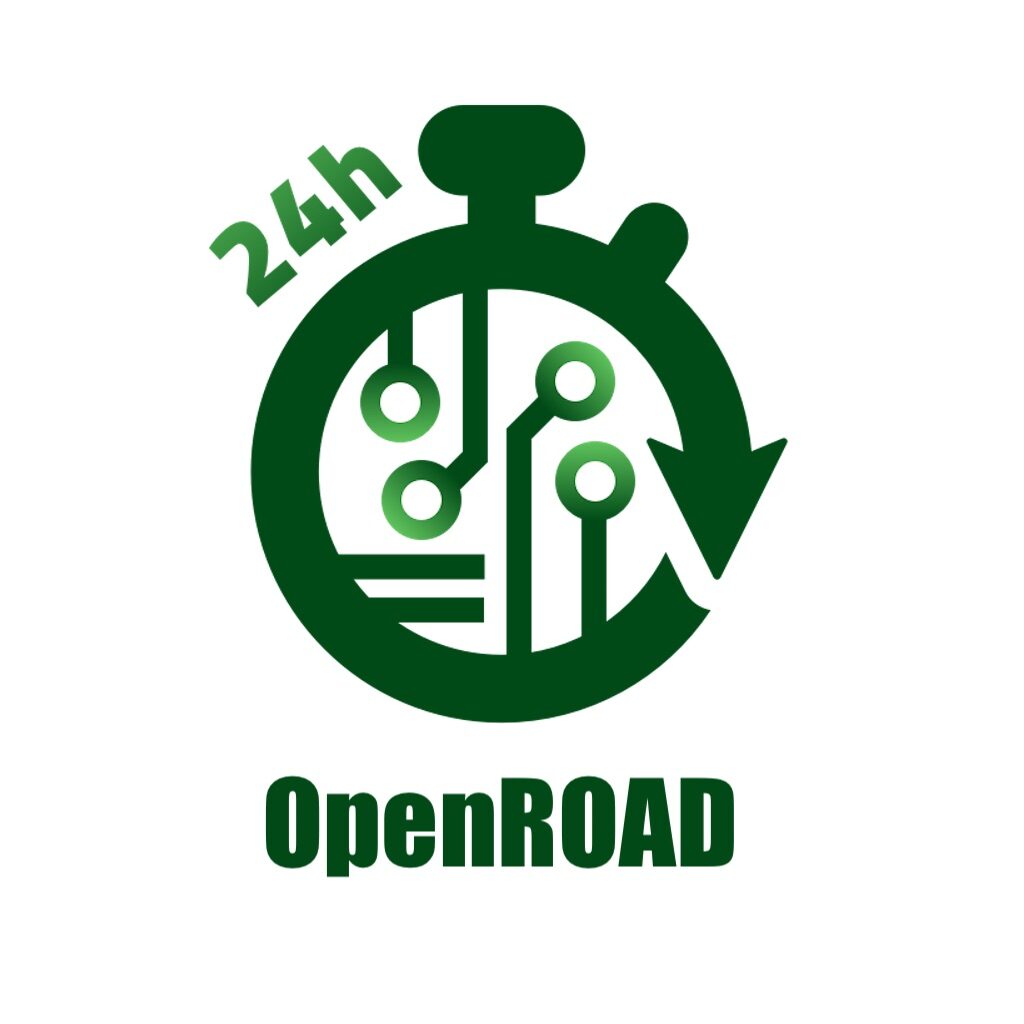Stage1
-
To qualify for Stage 1, all registered participants should submit a document in the IEEE format summarizing their experience of using OpenROAD Flow Scripts (ORFS).
This should include one of more of the following: Your experience of the design flow, application used, results, strength or limitation in the tool, software and any ideas or suggestions you have on how to improve overall user experience in ORFS. - Selection Criteria and Guidelines
- 1. Submission Guidelines
- Create a document in the IEEE format summarizing their experience of using ORFS as explained above. Use the following paper as a template for your document:
SamplePaper1_ORFSExperienceOnUserDesign and SamplePaper2_ToolImprovementsSuggestions.
- Upon completion of the document, submit a pull request on the contest platform following the guidelines provided or watch the instructional video on this topic.
- 2. Evaluation Criteria: The submissions will be evaluated based on the following criteria:
- Clear analysis and explanation of the user experience: The document should demonstrate a good understanding and clarity based on your user experience of ORFS. Keep it simple and original. Remember we will be looking for creativity and your experience and ideas—there will be no additional points for complexity, generic descriptions or the use of generative language models.
- Completeness of the submission: This should include both the document and a clear, clean PR. Spurious PR’s created without a clear understanding of the proposed problem or idea will not be considered.
- 3. Suggestions for Contributions:
- Choose any aspect of your user experience with ORFS including any design, choice of application, OpenROAD tool or software that is interesting to you. Document your user experience with suggestions to improve one or more of the following: performance, productivity, software architecture or documentation. This should include both the document and a clear, clean PR. Spurious PR’s created without a clear understanding of the proposed problem or idea will not be considered.
- 4. Contest Design Goals and Award Criteria:
- Participants who clear Stage 1 will proceed to compete on the design goals based on the following criteria.
- For Stage 2, while there is a choice of the three RISC-V based designs or your own design for the Outstanding category, the evaluation of results are independent of the design but will be based on both a subjective assessment of overall goal improvement, originality of ideas and final contributions to the OpenROAD community.
The following design goals are also explained on the website
- Runtime Measurement: For measuring runtime performance, the final runtime printed by ORFS is the correct metric. You may use any tool or flow options including multithreading to optimize performance. We will look for an overall improvement in runtime based on the computing resources on the cloud that is uniform for all participants.
- Performance Metric: The performance metric used for evaluation is Total wns (worst negative slack). We will measure the Total wns – worst negative slack of the before and after the suggested improvements are made.
-
Summary:
The Stage 1 engagement for the 7nm OpenROAD Physical Design Contest is a great opportunity for designers and software engineers to showcase their skills, creativity and ideas and learn essential topics of OpenROAD as a free, open-source IC design solution from the available training resources and expert support.
Give it your best effort and showcase your talents with the community.
You are a winner already! Good luck!

